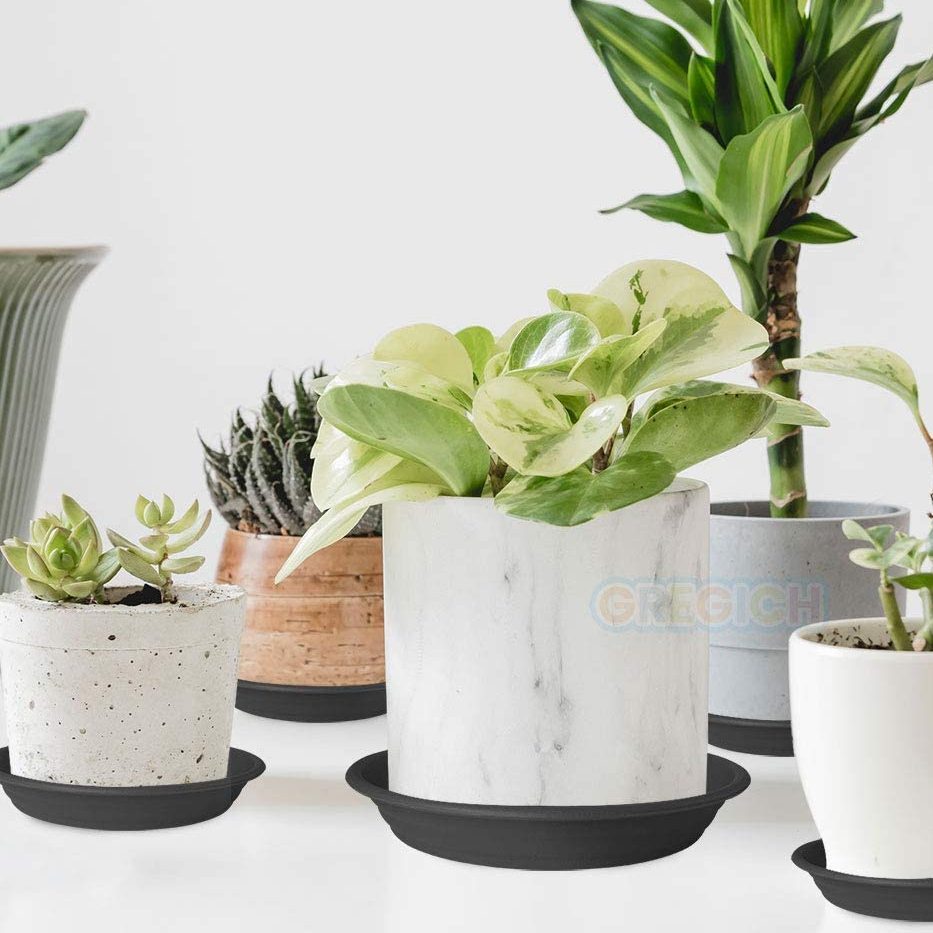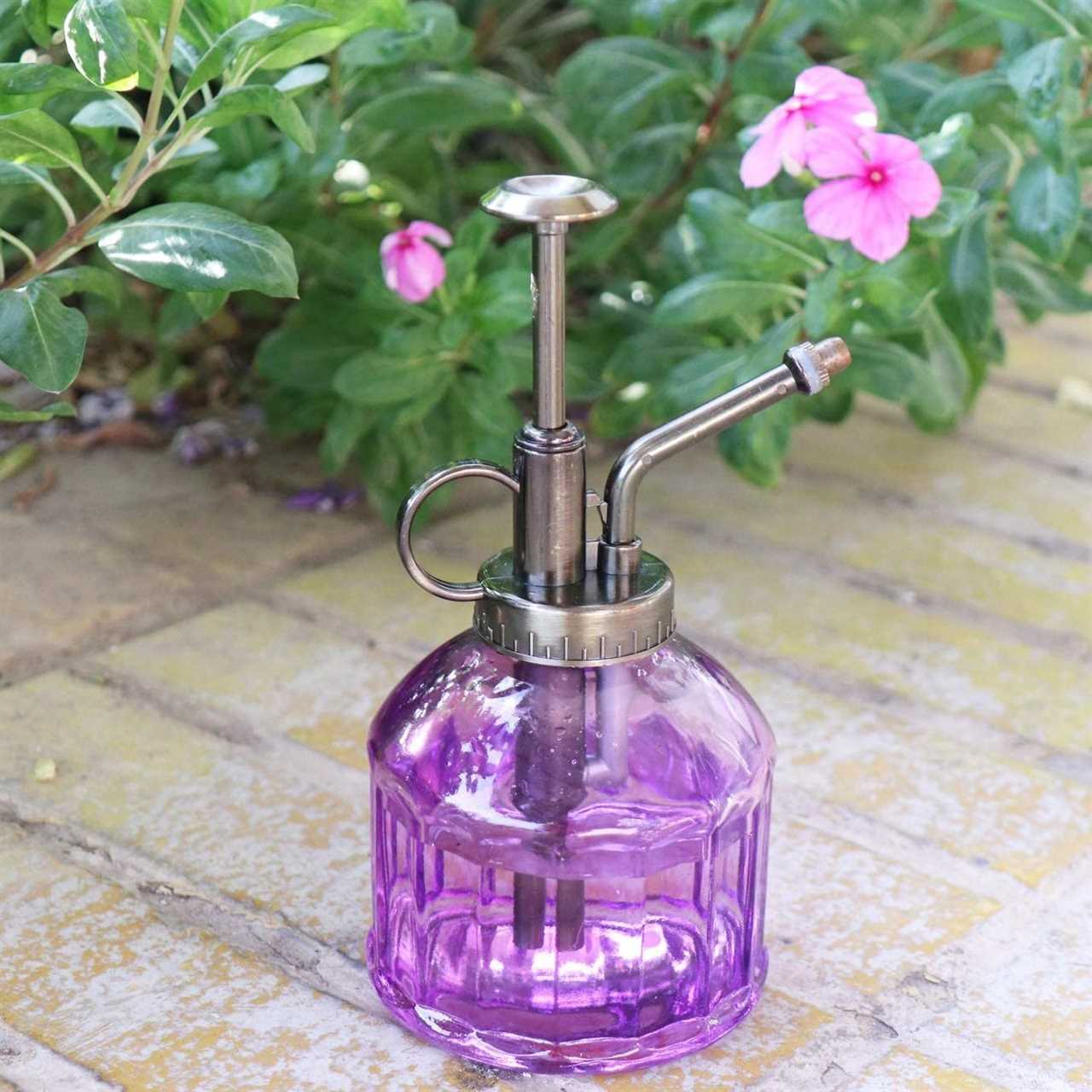For decades I killed almost every houseplant I owned, either by kindness (overwatering) or neglect (no water at all). After all of that wilting, withering and eventually succumbing to the lack of proper hydration, I’m happy to say that I now know how to be a responsible houseplant parent.
I reached out to expert Mary Vargo, an urban horticulture agent and master gardener coordinator with Clemson University Cooperative Extension, to help put together a houseplant watering resource that’s simple to use.
Whether you’re a new homeowner or have kept houseplants for years, the guide is chock-full of practical information to keep your indoor greenery properly irrigated.
Basic Rules for Watering Houseplants
We know that H2O is the elixir of life — all living organisms need it to survive. To keep your houseplants at their optimum hydration level, here are a few basic rules that everyone should follow.
Water only when needed
Overwatering is something Vargo recommends you avoid at all costs because it’s the number one cause of most houseplant failure. “Underwatering isn’t as severe an issue because houseplants can generally bounce back from it,” she says.
Not all plants are created equal
Watering requirements depend on the individual type of plant you’re caring for. Obviously, cactus and succulents need less watering than, say, pothos.
Some varieties prefer a bottom-up watering approach, while others like to be soaked from the top down (see below). Knowing your particular plant’s preference is critical.
Water temperature
In general, tepid (lukewarm) water is best for most houseplants. Avoid giving them water that’s too cold or too warm — extreme temperatures can shock plant tissues and roots.
What Type of Water Is Best for Houseplants?
Unlike outdoor plants, houseplants are confined to pots and subject to the water quality we choose for them. “Most of the time, plain old tap water will do the trick,” says Vargo.
Water quality differs, depending on where you live and your municipal water treatment system. Water treatment plants commonly add chlorine and fluoride to city water. Over time, this could affect your houseplants’ health.
“A way to ensure no harm comes to your plants,” Vargo says, “is to fill a container with water and let it sit out overnight or over a few days, which allows chlorine and other chemicals to escape as a gas.” And, she adds, “If feasible and convenient, try collecting rainwater to irrigate houseplants, as it contains traces of beneficial micronutrients.”
However, you should not use rainwater if you live where precipitation is likely to be contaminated with harmful chemicals.
Note: Distilled water is also okay to use.
What Is the Best Way To Water Houseplants?
There are a number of good ways to deliver water to houseplants.
- Overhead watering: “Overhead watering is an easy, no-fuss way to deliver water to your plants,” Vargo says. Use a watering can or another container with a spout to pour water on the surface of the soil. Stop when it starts to drain through the holes into the bottom of the pot. Frequently, leaves can block the soil, making it harder to water. “In this case, be careful not to splash water on the foliage, which can sometimes cause leaf spots to appear,” she says.
- Bottom watering: For a more thorough wetting of the soil, Vargo suggests placing plants in a deep container, sink, bathtub or saucer of water until the top of the soil becomes moist. Depending on the size of your plant, soaking time will vary. “For smaller plants, this may only take two to three minutes,” she says. For larger plants, the time it takes for the soil to wick up and distribute water evenly will be longer. When soaking is complete, remove the potted plant and put it someplace where it can drain before returning it to its spot in your home.
How Often Should You Water Houseplants?
According to Vargo, “The rule of thumb is to water when necessary.”
Use the following methods to determine if it’s time to water a plant:
- Touch the soil: Stick your finger into the mix, up to the first joint. If the soil is dry at the fingertip, it needs water.
- Tap on the pot: When potting mix in a clay pot begins to dry out, it shrinks away from the sides. Give it a good rap on the side with your knuckles or a stick. If it makes a dull “thud” sound, there’s a good chance the soil is still moist. A hollow sound likely means it’s time for a drink.
- Weight loss: When potting mix dries, the potted plant will feel lighter.
- Eyeball the soil: If the potting soil changes from a darker to lighter color, it means plants are dehydrated.
How Much Water Do Houseplants Need?
Your houseplant watering needs will differ depending on many factors. Here are some tips.
Water more frequently if:
- The container is made of unglazed clay;
- A plant is large but the pot is small;
- A plant has outgrown the pot and the roots are too tightly packed. If that’s the case, re-pot;
- A plant is in an active growth period (usually spring and summer);
- Humidity is low and/or the temperature high.
Water less if:
- The container is made of glazed clay or plastic;
- It’s a small plant in a large pot:
- Roots have not yet filled the pot;
- The plant has recently been repotted.
- The plant is inactive (winter/low light);
- Temperatures are low and/or the humidity high.
- Your plants are cacti or succulents.
What Are the Signs of Too Much and Too Little Water?
“Oddly enough, overwatering and underwatering symptoms can sometimes look very similar,” says Vargo.
Here are some helpful overwatering signs to look for:
- Leaves on the lower portion of the plant turn yellow and drop off when touched;
- Plant looks wilted even after watering, which may indicate root rot;
- Rough, corky swellings on leaves or petioles (stems).
Tip-offs that you may be underwatering your houseplants:
- Wilting foliage and soil that’s dry to the touch;
- Brown leaf tips and edges, usually an indication you’ve gone too long between waterings.
Houseplant Watering Tools
Watering can

Vargo says to look for a lightweight, slender watering can with a long thin spout. This will make it easier to target water at the base of the plant or onto the surrounding soil surface.
One such can is the Haws Handy Indoor Plastic Watering Can. It’s an affordable and lightweight alternative to this British company’s classic cooper or powder-coated steel versions. Made of molded plastic, it’s well-balanced for gently watering your most delicate houseplants, like orchids and African violets.
When you’re hunting for a larger capacity watering can (one gallon), the Fasmov Plastic Watering Can is a popular option.
Saucers

Vargo recommends using saucers to catch water that may drip out onto areas you want to protect. Be sure to drain the saucer 15 to 20 minutes after watering to prevent the pot from sitting in excess water too long, which can lead to root rot.
Misters

Misting plants, a great way to boost humidity, is best done in the morning so the soil has plenty of time to dry before nighttime. Tropical plants and ferns especially love this method.
The Offidix Glass Watering Spray Bottle features a thick glass bottle, available in purple, green, blue, yellow or clear. To deliver a fine mist, one Amazon reviewer says, “…the trick is to hold it [the ring] with your middle finger and stabilize the spout over your index finger. It distributes the pressure more evenly.”
Did you miss our previous article...
https://rsssuperfeeds.com/life-hacks/the-eleven-percent-meet-schannon-yodice-that-tile-chick






